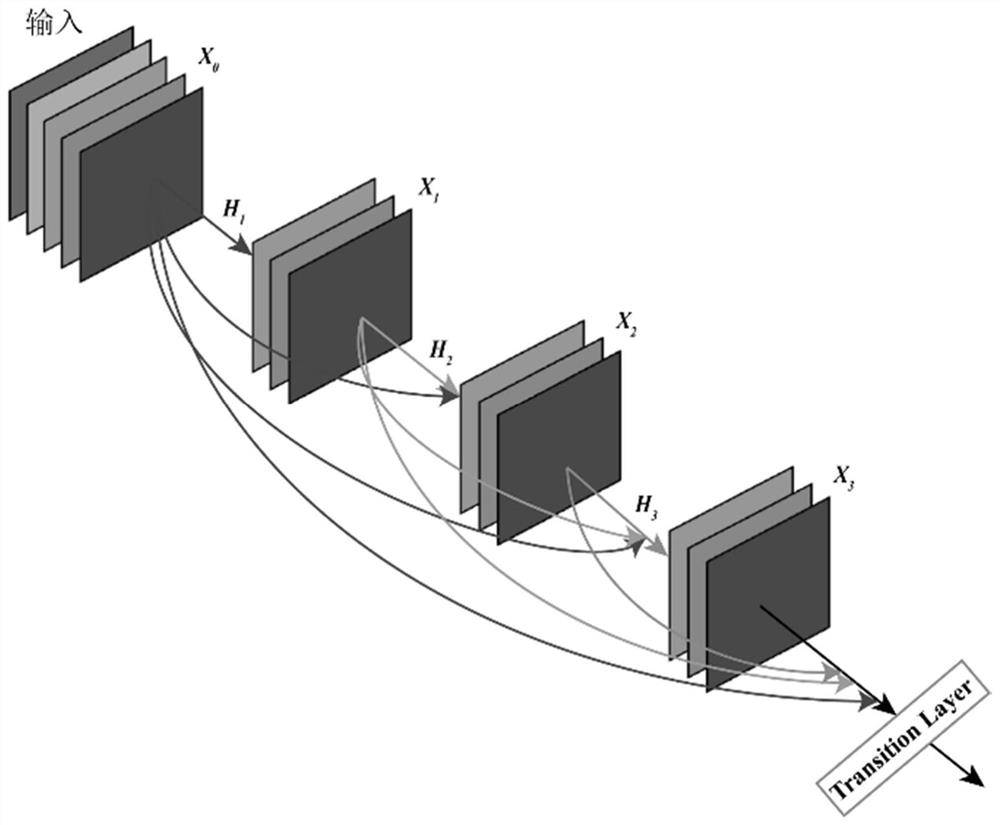A Deep Neural Network Algorithm for Automatic Segmentation of Colon Gland Images
A technology of deep neural network and automatic segmentation, which is applied in biological neural network models, image analysis, neural learning methods, etc., can solve the problems of jagged edges of segmented images, cumbersome tasks, and failure to consider the feature information of gland contours, etc., to achieve Efficacy for alleviating imbalance issues, fast auto-segmentation, and improving instance segmentation results
- Summary
- Abstract
- Description
- Claims
- Application Information
AI Technical Summary
Problems solved by technology
Method used
Image
Examples
Embodiment 1
[0022] The present invention will be described in further detail in conjunction with the accompanying drawings and embodiments. In this embodiment, the colon gland image is realized by the automatic segmentation method described in the technical solution for image segmentation, and the specific steps are as follows:
[0023] Step 1: Build the dataset
[0024] Binarize the original Ground Truth image A in the data to obtain a binary instance image B with pixels 0 and 1 as its instance Ground Truth; then use the maximum connected domain method to find the instance contour, and use The morphological expansion extracts the contour and expands it (the structural element dis is 3) to obtain a binary contour map C, which is used as the contour Ground Truth. In order to save memory consumption, in the experiment, the training set data set was scaled to an image of size 100×160, and the training image was standardized by Z-score to ensure the comparability between data. Due to the in...
Embodiment 2
[0069] This embodiment differs slightly from Embodiment 1 only in the evaluation index of the detection model. This embodiment uses specific experimental results and data to illustrate the excellent technical effect of this technical solution.
[0070] Select some experimental results in the MICCAI2015 competition, and the methods of LIST et al., FCN, and CNNTV for comparison. As shown in Table 1, the evaluation indicators comparison of different methods on test set A and test set B. The realization shows that in the test set A, the BF score completely exceeds the current mainstream algorithm, and the Object Dice score and the Object Hausdorff distance score are better than most methods, but on the test set B, all the objective and quantitative evaluation indicators of the algorithm of the present invention completely surpass the current The mainstream method, comprehensive analysis, compared with the current mainstream algorithm, the algorithm of the present invention has cer...
PUM
 Login to View More
Login to View More Abstract
Description
Claims
Application Information
 Login to View More
Login to View More - R&D
- Intellectual Property
- Life Sciences
- Materials
- Tech Scout
- Unparalleled Data Quality
- Higher Quality Content
- 60% Fewer Hallucinations
Browse by: Latest US Patents, China's latest patents, Technical Efficacy Thesaurus, Application Domain, Technology Topic, Popular Technical Reports.
© 2025 PatSnap. All rights reserved.Legal|Privacy policy|Modern Slavery Act Transparency Statement|Sitemap|About US| Contact US: help@patsnap.com



